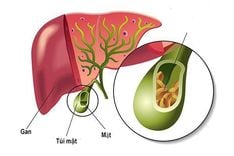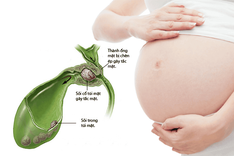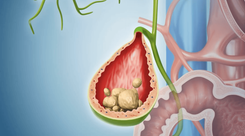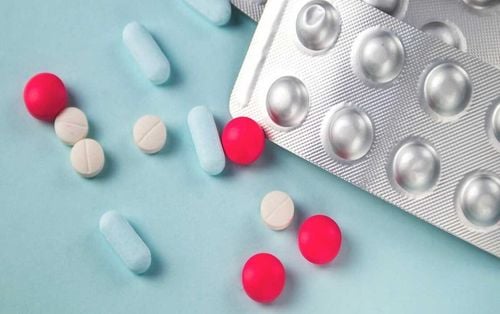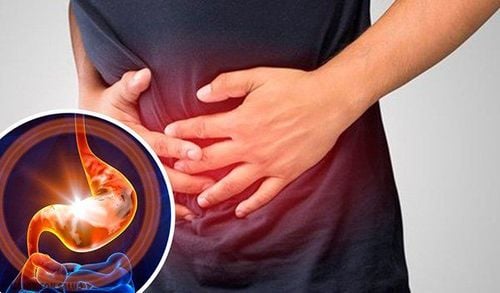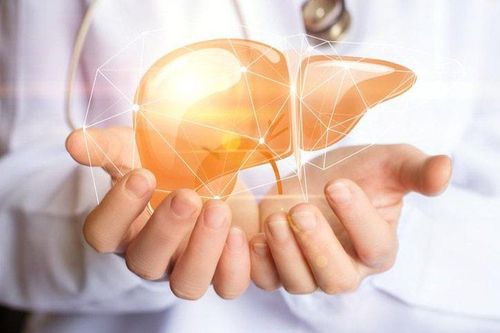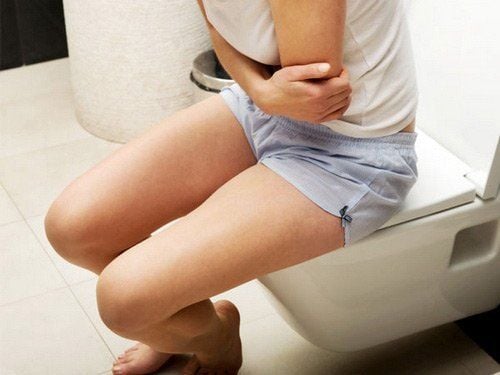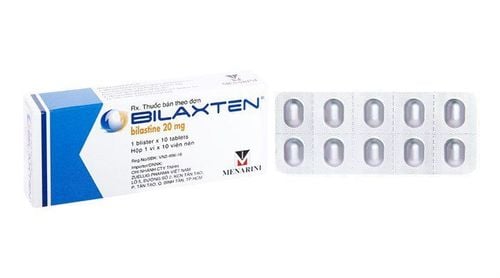The liver is an internal organ that holds many important functions of the body. Liver pain is a sign of many different liver diseases, and identifying the cause can help monitor and treat the disease accurately.
1. What causes liver pain?
The liver is the largest internal organ in the body and plays a crucial role with over 500 essential functions. These functions include metabolizing sugars, fats, and proteins; detoxifying harmful substances; producing and secreting bile... When the liver is damaged by any factor, it affects liver function, leading to a decline in liver function.
Liver pain can be a sign of various liver conditions rather than just a liver disease. This condition can be caused by different factors, including:
Viral hepatitis: Hepatitis caused by a type of virus that damages the liver, leading to liver pain. As of now, the three common types of viral hepatitis are hepatitis A, hepatitis B, and hepatitis C. In addition to liver pain, individuals with viral hepatitis often exhibit symptoms such as yellowing of the eyes and skin, nausea and vomiting, fatigue, dark urine, etc.
Alcoholic hepatitis: Alcoholic hepatitis occurs when you regularly consume excessive amounts of alcohol, as alcohol attacks and damages liver cells. The pain from this cause can make you uncomfortable for an extended period and may also be accompanied by mild fever, loss of appetite, fatigue, nausea, etc.
Fatty liver disease: When there is an accumulation of fat in the liver more than normal, it leads to fatty liver disease where liver cells become fatty. This disease is more likely to occur in individuals who are obese, overweight, consume a high-fat diet regularly, or have diabetes.
Individuals with fatty liver disease are often not diagnosed early: Fatty liver disease is challenging to detect early because it doesn't present many clear clinical symptoms; it is mostly identified through abdominal ultrasound. However, it can also cause persistent liver pain in the upper right abdomen, making the individual uncomfortable and accompanied by loss of appetite, fatigue, etc. This condition is benign and can be improved by weight loss and dietary changes.
Fitz-Hugh-Curtis Syndrome: Fitz-Hugh-Curtis Syndrome is a complication of pelvic inflammatory disease and typically occurs in women. However, it is very rare. In Fitz-Hugh-Curtis Syndrome, the tissues surrounding the liver become inflamed, including the liver capsule. This can cause sudden, intense pain in the lower right abdomen, exacerbating when coughing, sneezing, laughing, deep breathing, or changing positions. In some cases, the pain may radiate to the right shoulder and arm, accompanied by symptoms such as chills, fever, night sweats, headache, nausea, etc.
Liver Abscess: Liver abscesses often occur due to parasitic infections from the digestive tract or bacterial infections, forming pus pockets within the liver. Liver abscesses can cause severe pain in the upper right abdomen, intensifying when pressure is applied, coughing, sneezing, accompanied by chills, fever, etc. Prompt medical attention is necessary for treatment upon detection.
Liver Cysts: Liver cysts are fluid-filled sacs that are usually benign and non-infected. If they grow large, they may cause discomfort. Occasionally, cysts can rupture and bleed internally, causing sudden, intense liver pain. Imaging diagnosis is often required.
Budd-Chiari Syndrome: Budd-Chiari Syndrome is a disorder caused by the narrowing of veins that drain blood and fluid from the liver. This condition can result from blood clots and pressure within your liver. Though rare, it can lead to blood congestion in the liver, causing changes in liver size, liver pain, and requiring treatment to relieve the compression.
Hepatic Vein Thrombosis: The hepatic vein is the main blood vessel that nourishes the liver. If a blood clot forms in the hepatic vein and blocks it, you may experience sudden pain in the upper right part of your abdomen, abdominal swelling, fever, and jaundice.
Gallbladder Stones: Your gallbladder is located in a subhepatic location below the liver and intrahepatic bile ducts. When you have gallstones or inflammation of the gallbladder, both can cause inflammation and pain in the liver. This pain may be mistaken for liver pain. You may experience sudden pain in the upper abdomen, between the shoulder blades, or in the right shoulder, often accompanied by fever and jaundice.
Liver damage due to trauma: Falls, accidents, or other trauma can cause liver damage. In severe cases, you may feel very tender and experience pain in the abdomen radiating to the right shoulder.
Liver Cancer: Liver cancer is often difficult to detect in its early stages as symptoms are minimal. Patients may only feel liver pain when the disease has progressed significantly. The pain can occur in various locations from the abdomen to the shoulders. Additionally, symptoms such as loss of appetite, nausea, unexplained weight loss, feeling full quickly, jaundice, itching, abdominal bloating, etc., may be present.
2. Common locations of liver pain
The liver is about the size of a football, with a width of approximately 15 to 20 cm and a height of about 8 cm. It is located on the right side of the abdomen, under the rib cage, beneath the diaphragm and right lobe of the liver, but extending partially to the left side, under the left lobe of the liver and in the epigastric region. Pain in the liver can manifest in various areas:
Most commonly, liver pain originates from the lower right quadrant. In rare cases, the pain can radiate to the right shoulder blade or back. Liver pain can also shift towards the center, below the left rib cage. However, it can be challenging to differentiate from stomach pain. When experiencing liver pain, it can range from dull to throbbing. Sometimes, if severe, the pain can be excruciating. Additionally, liver pain is often accompanied by other signs of liver disease, including:
Dark urine, pale stools. Yellowing of the eyes or skin (jaundice). Disruption in bowel movements (loose stools), loss of appetite, aversion to fatty foods, bloating... Swelling in the legs or ankles. Persistent itching of the skin. Constant fatigue. Abnormal abdominal bloating. Increased tendency to bleed or bruise.
3. What to do when liver pain?
If you experience mild liver pain without knowing the accompanying symptoms, you should follow a daily diet regimen to help alleviate pressure on the liver, such as:
Drink plenty of water (aim for about 1.5 to 2 liters of water daily). Avoid consuming foods high in oils or fats. Limit foods containing fructose sweeteners. Engage in regular exercise, aiming for about 30 to 60 minutes per day, including aerobic exercise about 3 to 4 times a week, and maintain weight control. Maintain good posture while sitting. Avoid alcohol, beer, and any medications harmful to the liver when not absolutely necessary. If you are unsure about which medications to take for liver pain, it depends on the cause of the pain. If it is due to a virus, you may need antiviral medication, antibiotics for infections, or you can use supportive foods to enhance liver function.
Seek medical attention when experiencing the following symptoms:
Severe liver pain that does not subside with any position changes.
Yellowing of the skin or eyes.
Fever, chills.
Dark urine.
Nausea, loss of appetite, digestive disorders.
The liver is a vital organ, but due to its excellent regenerative abilities, symptoms may often be subtle. Through this article, it is hoped that you now understand what liver pain is and its causes.
To arrange an appointment, please call HOTLINE or make your reservation directly HERE. You may also download the MyVinmec app to schedule appointments faster and manage your reservations more conveniently.
